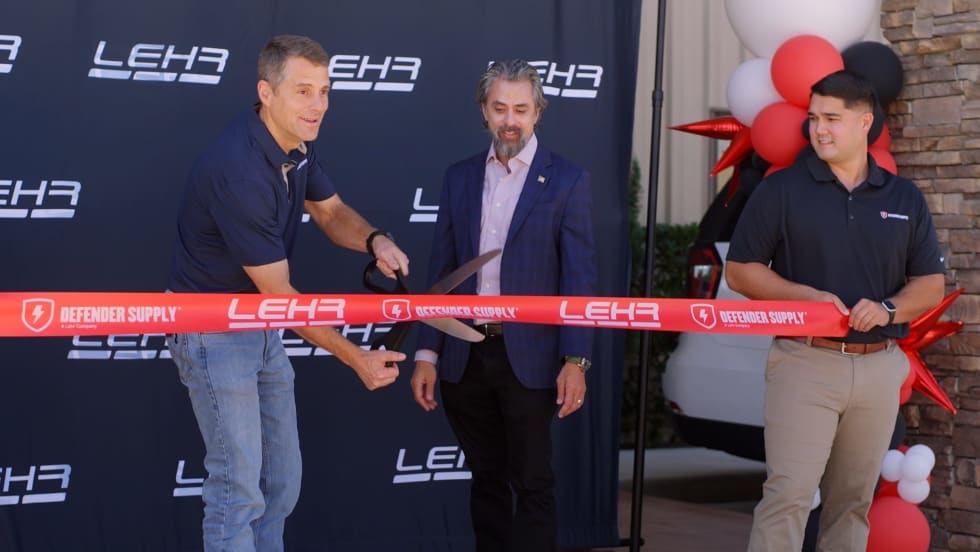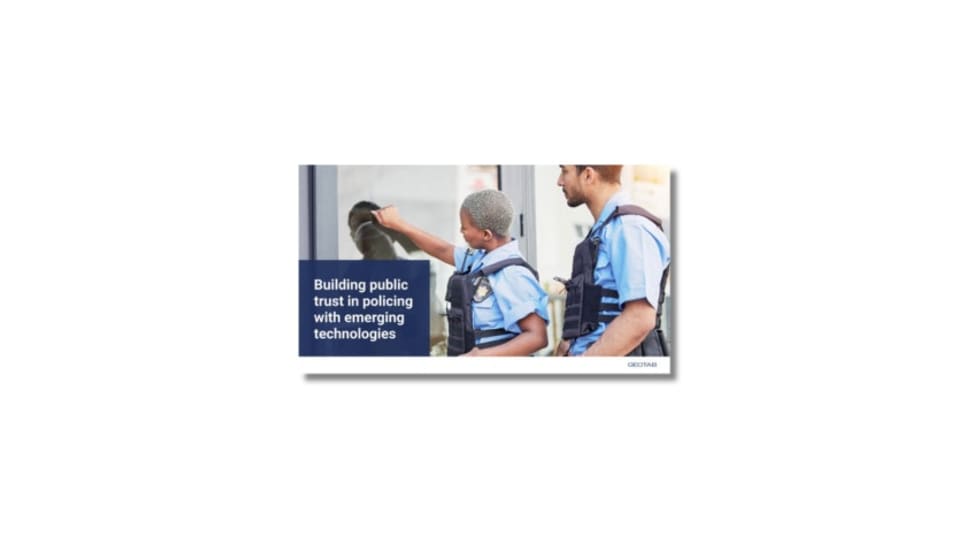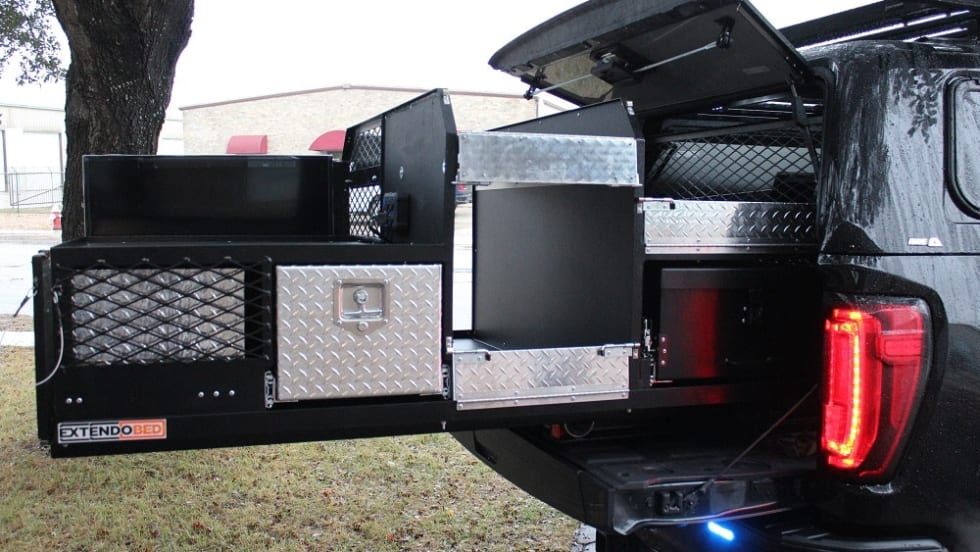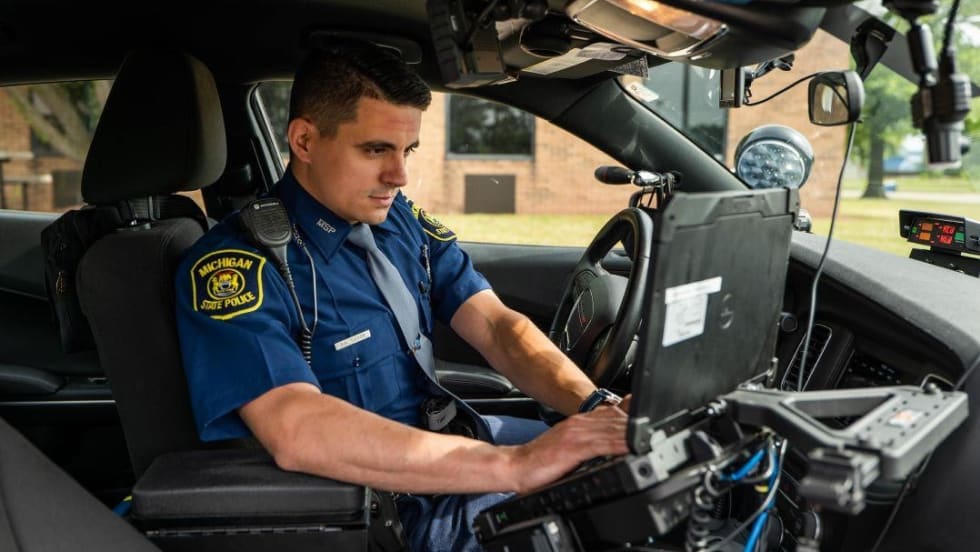Currently in the United States, motor units are equipped with purpose-built motorcycles marketed by Harley-Davidson, Kawasaki, Honda, or BMW.
BMW
Bavarian Motor Works (BMW) started as a producer of warplanes for the Imperial German Army during WWI, a legacy that is represented today with the stylized spinning propeller on a blue sky in the center of the BMW logo. After WWII BMW became a world leader in automotive and motorcycle production. In 2000, BMW became the largest international seller of motorcycles for police, municipal, and governmental use. That year alone more than 70,000 BMW motorcycles were in the motor patrol fleets of over 130 countries on five continents, including close to 100 U.S. law enforcement agencies.
An increasing number of U.S. motor patrol officers are riding the BMW R1100RT-P, R1150RT-P, or R1200RT-P models. One of more than 400 U.S. police agencies that have converted to BMW motorcycles, Florida’s Monroe County Sheriff’s Office last year replaced its Harleys with BMW R1200 RT-Police motorcycles. Monroe County is the southern most county in the continental United States comprising the entire Florida Keys from Key Largo to Key West, with no point in the Keys more than four miles from the water. The motor officers, although some proud owners of civilian Harleys, quickly became sold on the lighter and cooler-running BMWs on the hot, mostly two-lane roads they patrol.
Sgt. Kevin Mimosa also attributes the BMW ABS to avoiding a spill and injury when a truck jackknifed in front of him. The ability of his BMW to traverse pavement/gravel/grass while making an emergency stop was thoroughly appreciated. Using the front brake only, the BMW ABS delivered 70 percent to the front wheel and 30 percent to the rear wheel and kept Mimosa upright and unhurt.












